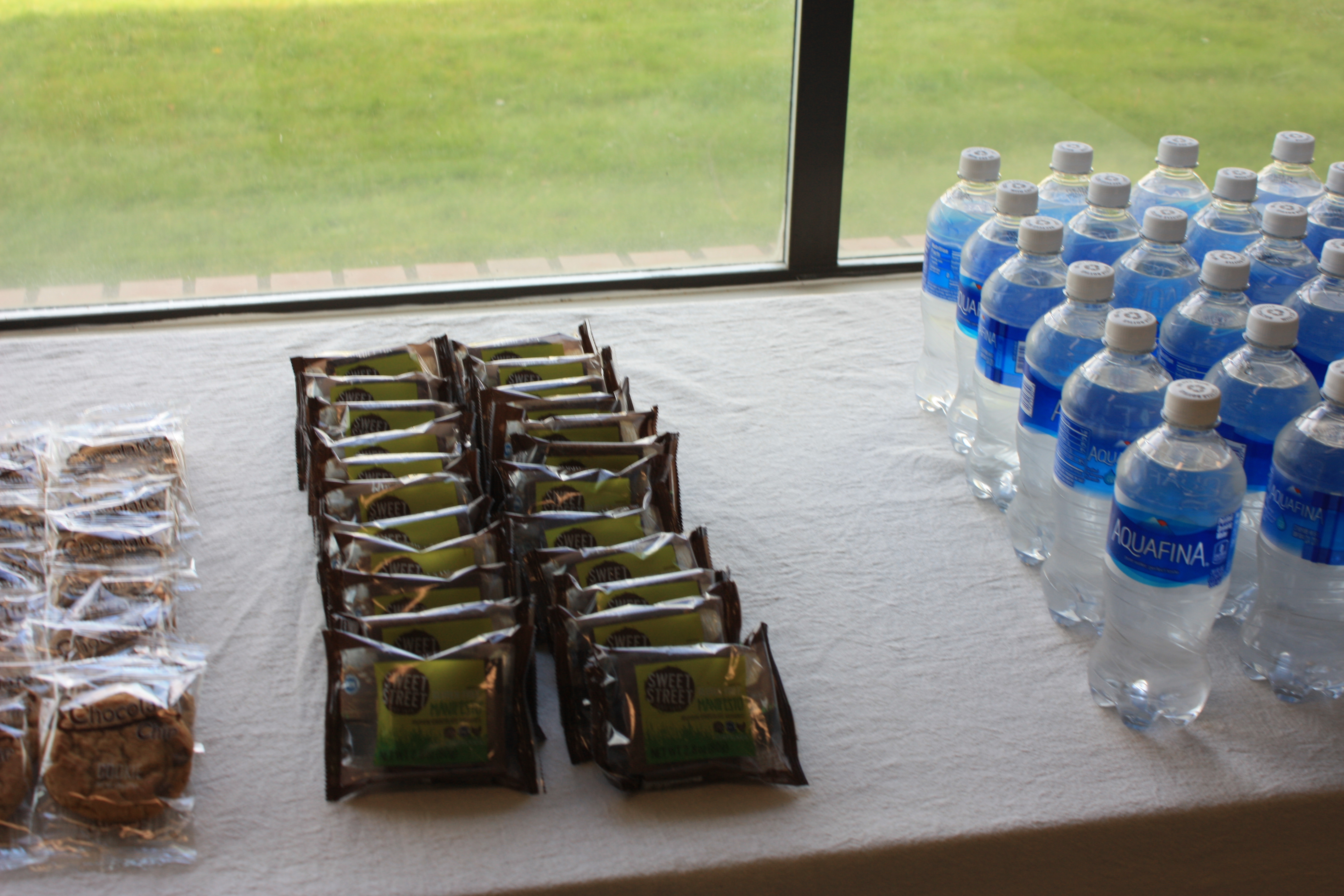Written by: Cami Ansley | Copy Editor
As of Tuesday, Nov. 7, the Israel-Hamas conflict has officially surpassed a month with no end in sight. Since the initial attack on Israel by Hamas on Oct. 7, Israel has been consistently retaliating against Hamas, a militant group located in and governing the Gaza Strip. As of Nov. 13, the death toll has reached more than 1,400 Israelis and over 11,180 Palestinians. Here is a timeline of key events in the Israel-Hamas conflict.
During the early morning hours of Saturday, Oct. 7, Hamas launched a barrage of thousands of rockets targeting Southern and Central Israel and infiltrated small towns and Kibbutz, slaughtering and kidnapping men, women and children.
One of these targeted locations was the Negev Desert, where the Supernova Universo Paralello Festival was being celebrated. Thousands of people were sent running for their lives as Hamas militants paraglided into the area and sprayed bullets in their direction. Some attendees took to hiding in bushes, finding refuge in nearby buildings, and playing dead. At least 260 Israeli bodies were recovered from the Festival site, while an unspecified number of people are still missing and/or are suspected of being taken as hostages.
On Oct. 9, the Israeli Defense Minister, Yoav Gallant, ordered a “complete siege” of Gaza, starting by cutting electricity, food, water and fuel from entering the territory, and mobilizing 300,000 troops — the most Israel has ever gathered in such a short amount of time. On Oct. 13, leaflets were dropped over Gaza ordering all citizens to move South to avoid being hit by the upcoming missile attacks from Israel.
On Oct. 14, Egypt, Israel and America came to an agreement to let Palestinians enter Egypt for refuge through the Rafah Border — causing a surge of Gazans to flock to the border. However, the Rafah Border was not opened to citizens or aid services at this time.
On Oct. 17, an explosion hit the al-Ahli hospital, killing over 500 people. Hamas blamed Israel for the attack while Israel claimed that the explosion was caused by a “failed missile launch” by Islamic Jihad, another militant group.
As a result of the hospital explosion, a summit scheduled for Oct. 18 between Jordanian King Abdullah, President Biden, Egyptian President Sissi and Palestinian Authority President Abbas to discuss the state of affairs in Gaza was mutually canceled on Oct. 17. Two American hostages were also released by Hamas after being kidnapped from a kibbutz they were staying at in Southern Israel.
On Oct. 18, President Biden visited Israel for seven hours, showing support for Israel while also encouraging them to allow humanitarian aid to enter Gaza. An agreement was made between Israel and Egypt to allow 20 trucks of humanitarian aid to enter Gaza through the Rafah Border.
On Oct. 23, Hamas released two elderly female Israeli hostages. On Oct. 27, Israel cut off all communication to and from Gaza and amped up their ground offensive in preparation for their upcoming invasion.
On Oct. 29, the UN reported that thousands of Palestinians had broken into their warehouses, taking basic items and hygiene supplies. On Oct. 30, Israeli Prime Minister Benjamin Netanyahu declared that Israel rejects the calls for a ceasefire with Hamas.
Following negotiations between Hamas, Israel and Egypt, the Rafah Border Crossing was opened to allow sick and wounded civilians as well as dual nationals and aid organization staff to enter Egypt on Nov. 1. By the end of the day, more than 350 dual nationals and 76 injured/sick had crossed the border.
On Nov. 2, Israel claimed they had completely surrounded Gaza City. During a televised speech on Nov. 3, Prime Minister Netanyahu rejected the idea of a temporary ceasefire unless Hamas released all their hostages.
On Nov. 6, the Rafah Border was temporarily reopened to allow pre-approved foreign passport holders and some injured to enter Egypt. By early evening, a total of 80 dual nationals and 17 injured had crossed over.
On Nov. 7, over 500 more evacuees, including foreign and dual nationals as well as 19 injured, crossed the Rafah Border Crossing. On Nov. 9, Israel agreed to four-hour pauses in fighting in Northern Gaza every day from then on.
On Nov. 12, the Al-Shifa hospital, the largest in Gaza, went “out of service” after losing electricity and thus, the ability to perform surgeries, life-support and other services.
Contact the author at howlcopyeditor@mail.wou.edu



